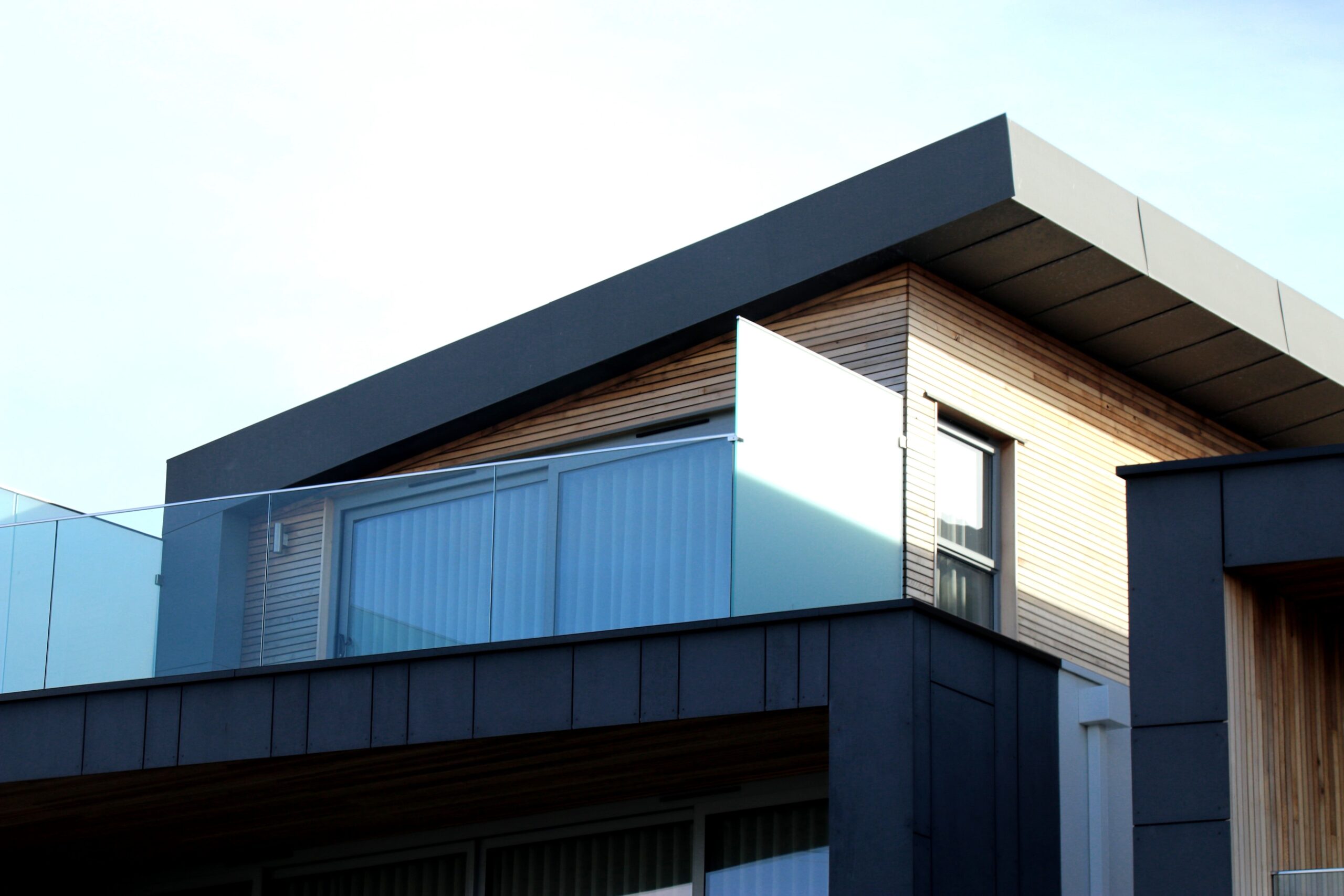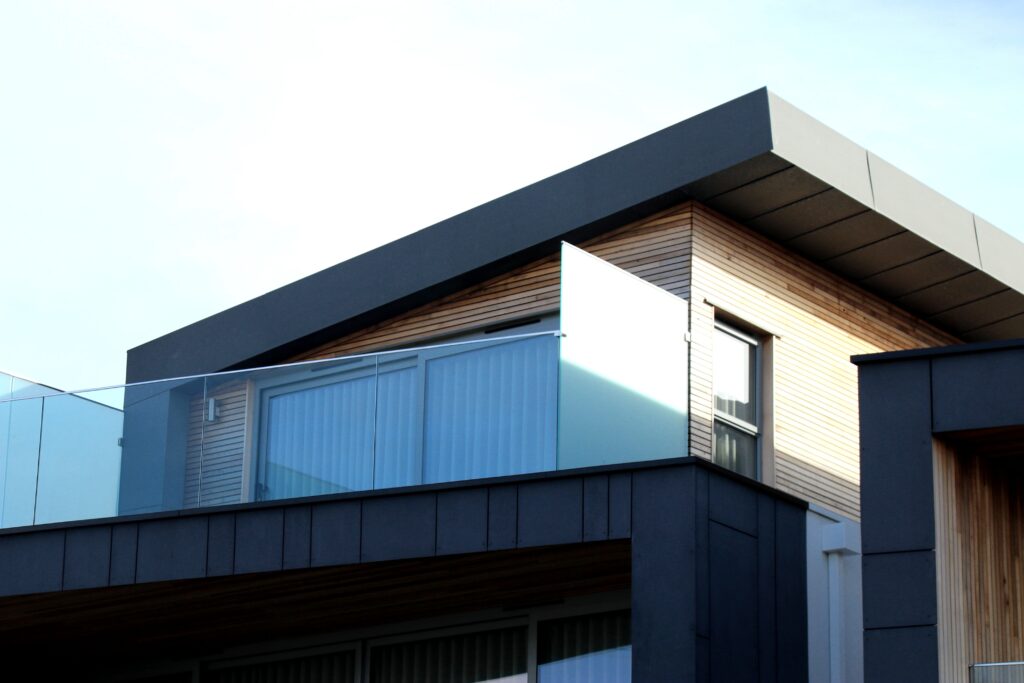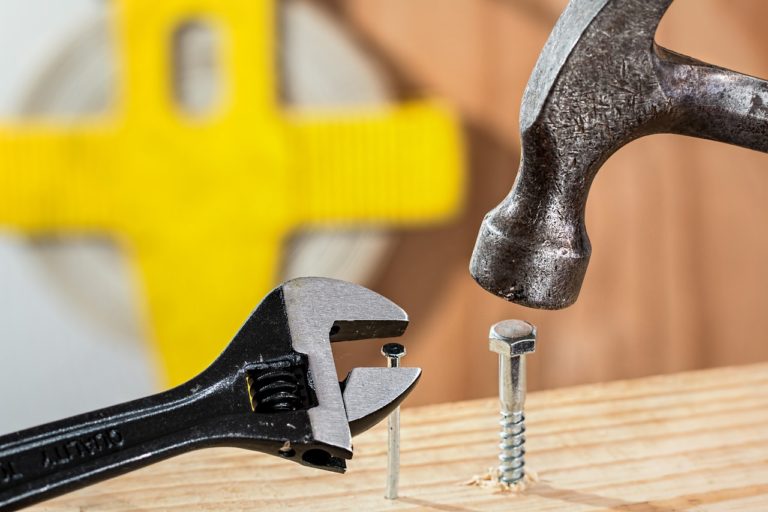10 Step Simple Guide to Torch-On Patching and Roofing
What is it?
Torch-On patching and roofing is when you use a propane torch to melt bitumen over a fiberglass mesh. This prevents moisture buildup when it is done correctly. You also won’t need constant maintenance if you use this method on a flat roof.
You need to be careful when using a propane torch because it can be very dangerous. If you are using this method, make sure that you have a fire extinguisher readily available. This will help to prevent damage if there is an accident.
There are many companies that are knowledgeable about this type of roof repair and replacement. If you are looking for roof repair Burnaby you can do an internet search and find the right company to do the job. There are many places that can help you with this type of roofing.
This article will give you information about how torch-on patching and roofing happens. It will help you to see how the process goes. You can also do more research to find the information that you need.
10 Step Simple Guide to Torch-On Patching and Roofing
Steps to Torch on Patching and Roofing
Clean and Insulate Roof
Use a leaf-blower or stiff bristled broom to get all the debris off your roof. If there are things that are stuck to the top, use a metal roof scraper to remove them. This is especially important in the cracks and around the flashing.
Remove Old Flashing
Use the claw side of a hammer to remove the nails from the old flashing. You want to make sure that this is removed so that the new bitumen membrane will stick correctly. Read here to learn more about flashing. Make sure that you remove all the flashing from the sides of the top.
Replace Flashing with New
Once you have removed the old flashing, replace it with new flashing. This helps with the waterproofing of your roof, so it is needed. You could reuse some of the old if it is still in like new condition, otherwise replace it all.
Fiberglass Mesh
Next, put down fiberglass mesh and cut it to fit. You need this as material for the torch down material something to bind with. Make sure that you trim the excess off so that it fits correctly.
Use Bitumen Primer
Check labels before you buy to make sure that you are using a primer that is compatible with this type of roofing. Spray the flashing with the primer using a sprayer about six inches above the flashing. Use the sprayer to go back and forth to make an even layer of primer that is opaque.
Wear Proper Gloves and Boots
To take the next step you need to have the right boots and gloves to wear. You don’t want to get burned because you weren’t wearing the right things. This can be avoided if you take a moment to get them.
Roll Bitumen Over the Entire Roof
Overlap each roll by about three eighths of an inch. It should hang over the side of the roof by at least two inches. Roll the bitumen in the direction of any slope and smooth out any wrinkles or bubbles: https://polyglass.us/2021/03/what-is-modified-bitumen-roofing/. This will help to prevent leaks later on.
Cut to Length
Use a utility knife to cut the bitumen to the right length. You also need to cut to fit around chimneys or other things that might be up there. When you encounter walls, cut the bitumen to fit with an extra two inches. Roll the bitumen back up to get started.
Use the Propane Torch to Heat the Sheets
Place the blue flame against the material and move it back and forth in an even fashion. As you heat it up and it begins to bubble, you need to roll it out slowly. Do this until all the material is laid out on the roof.
Press it Down
Press the bitumen down as you go along so that it adheres to the flashing. Make sure that you press down hard so that you can make sure that there are no air bubbles that will lead to leaks later. This can cause damage to the roof if not taken care of.
Conclusion
This will begin the process of putting bitumen down on your roof for torch on patching and roofing. You can do more research to find out more information to make sure that you are doing it correctly. You can also call a professional to make sure that the job is done correctly.










